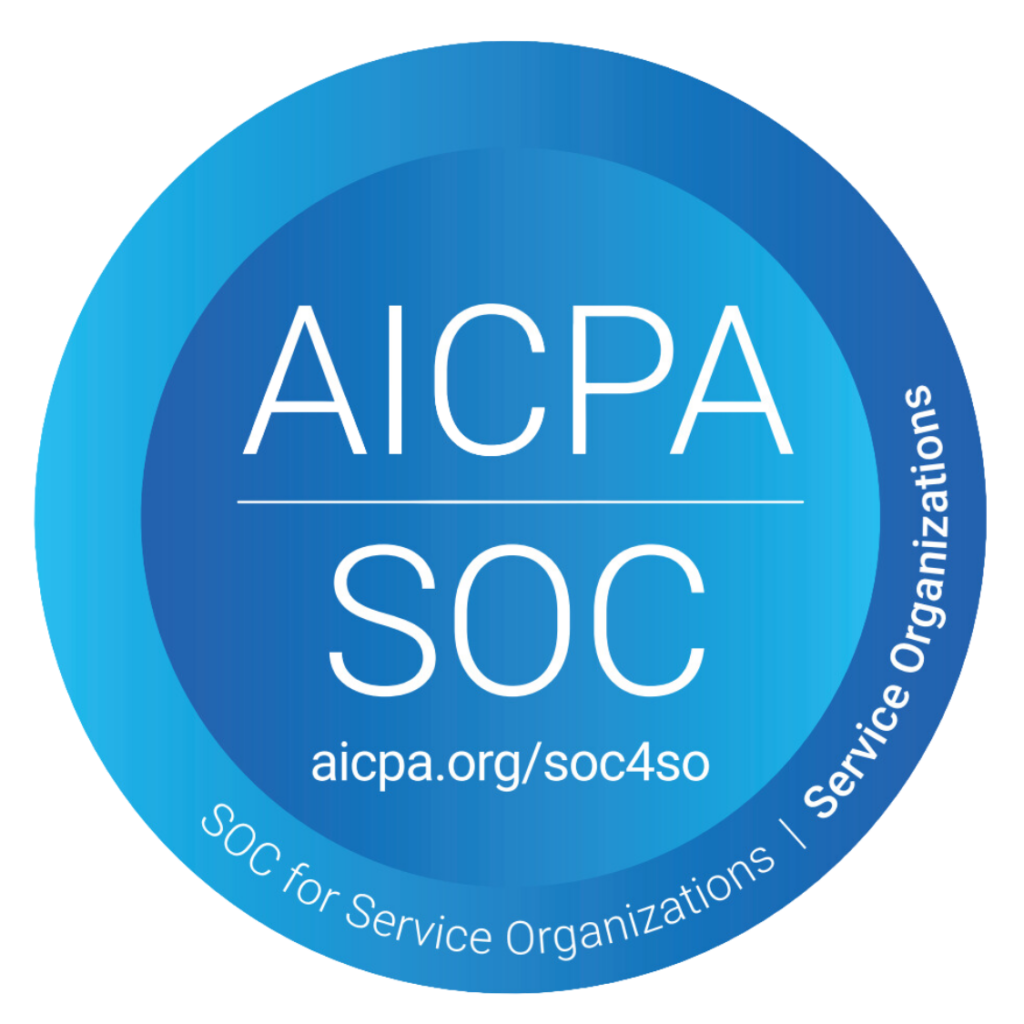To attract and retain top-tier talent, employers are increasingly recognizing the importance of offering comprehensive and competitive employee benefit plans. Self-funded employers sit at the crossroads of giving employees what they need and managing the bottom line. Designing success within this context means finding a sweet spot that not only provides rich benefits but does so in a cost-effective manner.
A Balancing Act: The Employer’s Dilemma
The landscape of employee benefits, particularly healthcare, presents both an opportunity and a challenge. The richer and more inclusive the benefits plan, the higher the costs to the company. Yet, these plans are integral to maintaining a healthy staff, fostering loyalty, and boosting productivity. It’s this balancing act that employers must navigate meticulously.
Employees today often expect more than just a paycheck. They seek a benefits package that demonstrates their employer’s commitment to their well-being. Availability of comprehensive healthcare coverage, including prescription benefits, can be a decisive factor in their choice to stay with a company or seek opportunities elsewhere.
Striking the Right Balance in Healthcare Costs
Striking the right balance in healthcare costs is a complex endeavor that involves a combination of strategic foresight, financial acumen, and an understanding of employee needs. Employers must craft benefit packages that reinforce employee support and retention while ensuring the company’s financial stability. This equilibrium is crucial, as healthcare costs continue to rise and become a larger portion of the company’s expenses.
Assessing the Terrain
The first step in striking this balance is to thoroughly understand the healthcare needs of the workforce. Employers must consider demographic factors such as age, gender, and health risks, which can influence the types of healthcare services employees are more likely to utilize. Additionally, industry-specific risk factors must be accounted for, as certain occupations may be prone to specific health issues.
With this assessment in hand, companies can then forecast potential healthcare expenses and weigh them against other critical business investments, ensuring that the allocation to health benefits does not impede growth, investment opportunities, or overall competitiveness in the marketplace.
Analyzing Affordability and Value
Analyzing the affordability and value of different healthcare plans is essential. Employers often need to decide between various plans and coverage options, each with its own cost implications. High-deductible health plans (HDHPs), for instance, may lower annual premiums but place a higher out-of-pocket cost burden on employees. On the other hand, plans with lower deductibles might entail higher monthly premiums but better coverage.
The goal is to find a model where the costs are predictable and manageable for both employer and employee. Businesses must evaluate their financial ability to sustain the chosen level of benefits over the long term, considering the ebb and flow of economic cycles and the company’s financial health.
Optimizing Plan Design
Optimizing the health plan’s design is a critical factor. Employers can incorporate cost-sharing mechanisms that engage employees in their health care spending decisions, such as co-insurance, tiered network designs, and wellness incentives. By aligning the plan design with the behavior encouraged among employees, companies can control costs while still offering competitive benefits.
Investing in Employee Health and Wellness
A company’s investment in employee health isn’t limited to insurance plans. By fostering a health-conscious work culture through wellness programs, employers can mitigate long-term costs. Preventative healthcare measures, such as insurance-covered annual checkups, immunizations, and health education, can reduce the frequency and severity of medical claims – a win-win for cost control and employee health.
Engaging Employees in Cost Management
Transparent communication about healthcare costs can cultivate a shared sense of responsibility. When employees understand the costs associated with their healthcare options, they can make more informed decisions, leading to cost-saving choices for themselves and the organization.
Leveraging Data Analytics
With advancements in technology, employers can utilize data analytics to gain insights into healthcare spending patterns, pinpoint areas of high cost, and identify opportunities for savings. Accurate data is indispensable in evaluating cost management strategies and plan design effectiveness, allowing employers to make evidence-based adjustments.
Navigating Regulatory Compliance
Staying informed about changes in healthcare regulations is also essential. Regulatory compliance not only avoids costly penalties but can also identify opportunities for tax advantages or other incentives available through health benefit offerings.
Partnership with Pharmacy Benefit Managers (PBMs)
A strategic partnership with a competent PBM can significantly impact achieving balance in healthcare costs. A PBM can guide cost-effective prescription benefit design, utilize formulary management, and implement cost-saving measures.
Tailoring Pharmacy Benefits: Copays and Coverage
When tailoring pharmacy benefits, employers must navigate the intricate balance between making medications accessible and affordable for employees while managing the financial impact on the organization.
Understanding Workforce Needs
The key to establishing copays and coverage that meet the needs of employees is understanding both their health requirements and their financial capabilities. This includes identifying the most commonly prescribed medications among employees and considering the value of generics versus brand-name drugs.
Surveys and feedback mechanisms are invaluable tools for understanding what employees value in their healthcare benefits. Direct input from the workforce can reveal preferences for certain types of coverage, satisfaction levels with current benefits, and areas where adjustments are desired. These insights are crucial for developing benefits packages that not only attract and retain talent but also boost employee morale and productivity.
For many, the cost of medication can be a barrier to adherence to treatment plans, which may lead to more severe health problems and increased healthcare costs down the road. By understanding the essential medications used by their workforce, employers can prioritize these drugs in their plans to ensure better health outcomes and, consequently, a healthier, more productive work environment.
Evaluating Medication Tiers
Pharmacy benefits are typically structured into tiers, which dictate the copay amounts for different kinds of medications—generic, preferred brands, non-preferred brands, and specialty. Generic medications, which are chemically identical to their brand-name counterparts and far less expensive, usually occupy the lowest tier with the lowest copay.
When selecting medication tiers, it’s vital to provide affordable options for essential drugs, particularly generics. Favorable copay structures for generics can encourage their use, which benefits both the employee and employer due to their lower cost compared to brand-name drugs.
Striking a Balance with Copays
Determining copays is a balancing act. If copays are too high, employees may skip necessary medications, resulting in poor health management and potentially higher overall healthcare costs. If copays are too low, the plan might encourage over-utilization or the selection of costlier medications when cheaper, effective alternatives are available. The appropriate structure should incentivize optimal medication use behavior without placing undue financial burdens on employees.
Industry-Specific Trends and Demographics
Tailoring pharmacy benefits also involves considering specific industry trends. For example, certain sectors might have higher instances of chronic conditions that require ongoing medication, which should be reflected in the benefits plan. Similarly, the age distribution and general health demographics of the workforce can influence the type of coverage that will be most beneficial.
Employers must remain adaptable to the ever-evolving landscape of pharmaceuticals, as new medications enter the market and others fall off patent. Continuous monitoring and adjustments ensure that pharmacy benefits remain aligned with both healthcare advancements and company objectives.
Sustainable Pharmacy Benefits Planning
An effectively tailored pharmacy plan is one that is sustainable—capable of adapting to rising drug prices and changes in legislation without compromising the quality of benefits. This involves monitoring utilization trends for cost-saving opportunities and educating employees on the value of selecting appropriate medications.
By engaging with fully transparent PBMs, employers are better equipped to make informed decisions on pharmacy benefits. PBMs can offer critical insights into pharmaceutical trends and help employers understand how various plan designs could impact both costs and employee health outcomes.
Maximizing Value with Enhanced Solutions
At MaxCare, we understand that thoughtful benefits plan design can substantially improve a company’s financial position, enabling it to offer richer benefits while managing costs effectively. Leveraging clinical solutions to transition members to lower-cost yet equally effective medications, taking advantage of drug coupon programs, and utilizing reference-based pricing are just a few strategies to optimize spending.
Lowering overall costs through these measures can lead to reduced copays, particularly for generic medications, which represent the bulk of prescription volume for most plans. Such strategies not only offer immediate financial relief but also contribute to a healthier and more engaged workforce.
Proactive and Customized Benefit Enhancement
MaxCare is committed to working collaboratively with self-funded employers to determine the most advantageous strategies for enhancing their benefits plans. We understand that each group has specific goals and needs, and we pride ourselves on offering proactive and tailored solutions to meet those needs.
Our data-driven approach sifts through the complexity of healthcare benefits to identify opportunities for cost savings and improved outcomes. By engaging with MaxCare, employers have access to a partner that adeptly navigates the evolving pharmacy benefits landscape to deliver optimal results.
In conclusion, designing successful employee benefit plans requires a careful balancing act of generosity and prudence. Navigating the diverse needs of a workforce and aligning benefits with a company’s strategic objectives is no small feat. But with the right approach and expert guidance, employers can craft plans that provide high value to their employees while maintaining financial sustainability. Through strategies like scrutinizing copays, exploring clinical solutions, and leveraging innovative pricing models, companies can achieve these goals.



